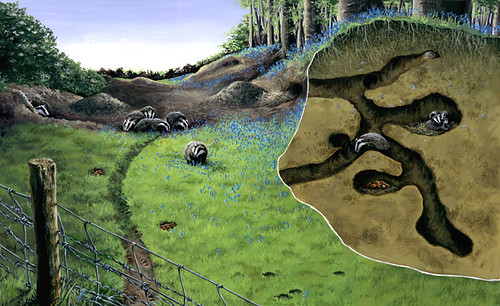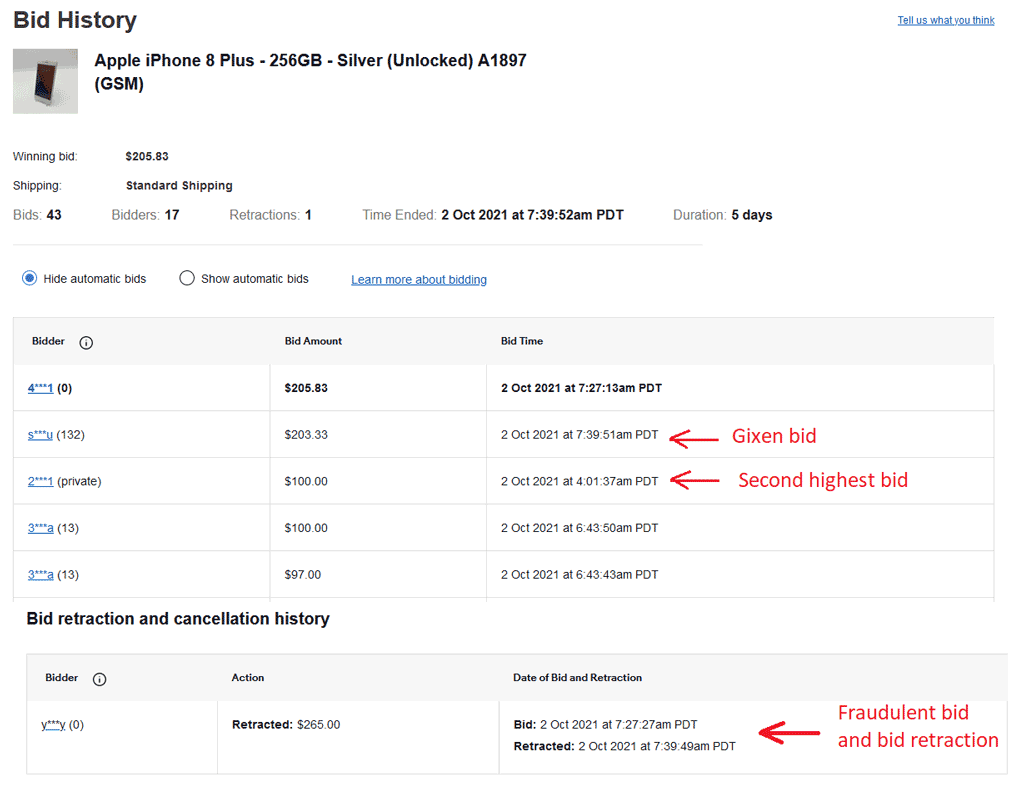

I did not know that, but now I see and understand. Rudolf writes: Obviously I have been on 6 for Main and mirror.

(Typically, that used in making these rips) The vinyl wall towards the bottom of the groove is all-but impervious to surface damage above, giving the stylus superior contact with the profile originally left by the cutting lathe, de-emphasising any later groove-wear, and scratches, which are often consigned to a mere passing tick which though audible, does not interrupt the flow of the music, which clings to your attention like a limpet.Īnd you thought it was about poncy audiophile jewellery. Its’ stylus is line contact, a fiendishly expensive micro-engineering design that digs deeper down into the groove than a conventional and a hundred times cheaper stylus. Though the vinyl condition less than perfect, the music remains well on top and the new TKR cartridge is making considerable strides in de-emphasising faults. There was just the one, I’ve never seen it before or since, and the condition is what it is, take it or leave it. Slated originally for release on the New Jazz label, for some unknown reason it was never issued and appeared for the first time on the Prestige 16000 series, the first of only eight titles in that series.įortunately there were several dozen copies of this rare title in the shop, covering all permutations of condition between mint and fair, in both mono and stereo, at a range of prices to suit all pockets. Vinyl: US Prestige PR 16001 = New Jazz NJLP 8297 (not released) mono. “ Please Sir, we all have the Evil Silver Disc,Sir, with bonus tracks, Sir.Ĭlass dismissed – err, not you lot at the back, remain seated. You are all in detention, starting now, each write 100 lines, “B onus tracks are the work of the Devil”. An overlooked gem! (Pause, forest of hands go up at the back of the class) The rhythm section provides a solid foundation without holding back Poindexter’s jaunty compositions, which happily fuse latin / creole influences with jazz stylings. His distinctive Coltrane-like biting tone contrasts well with Poindexter’s bluesy soprano dancing in the upper registers. He later moved to Spain and then to Mannheim, Germany, and after some years, returned to San Francisco, languishing in relative obscurity until his death in 1988.Ī rare 1963 Prestige album with Poindexter leading a creative combination with Booker Ervin, who plays more straight-ahead than on his exploratory “Book” sessions. In 1963 along with many other American jazz musicians Poindexter moved to Paris where recorded with other expatriates Phil Woods, Lee Konitz and Leo Wright. I first came across Poindexter on the excellent “Alto Summit” with Leo Wright, Phil Woods and Lee Konitz (released on MPS) His best known recording remains “Pony Express”, famed for the dazzling array of big name musicians – one I only ever see as a reissue. Poindexter spent much of the Fifties working in big bands, including a spell with Stan Kenton, Billy Eckstine and Lionel Hampton .He was one of the first bebop saxophonists to play soprano saxophone early in the 1960s, joined a few years later by one John Coltrane. Poindexter Pocket Bio: Brought up in New Orleans, Norwood (“Pony”) Poindexter revisits his roots in this recording peppered with references Louisiana’ distinctive Cajun and Creole culture, originating from its unique Spanish, French and West African cultural heritage. As with many saxophonists, the clarinet was his first instrument before switching to alto and tenor. Al Grey (trb) Pony Poindexter (ss, as) Booker Ervin (ts) Gildo Mahones (p) George Tucker (b) Jimmie Smith (d) recorded Rudy Van Gelder Studio, Englewood Cliffs, NJ, June 27, 1963


 0 kommentar(er)
0 kommentar(er)
